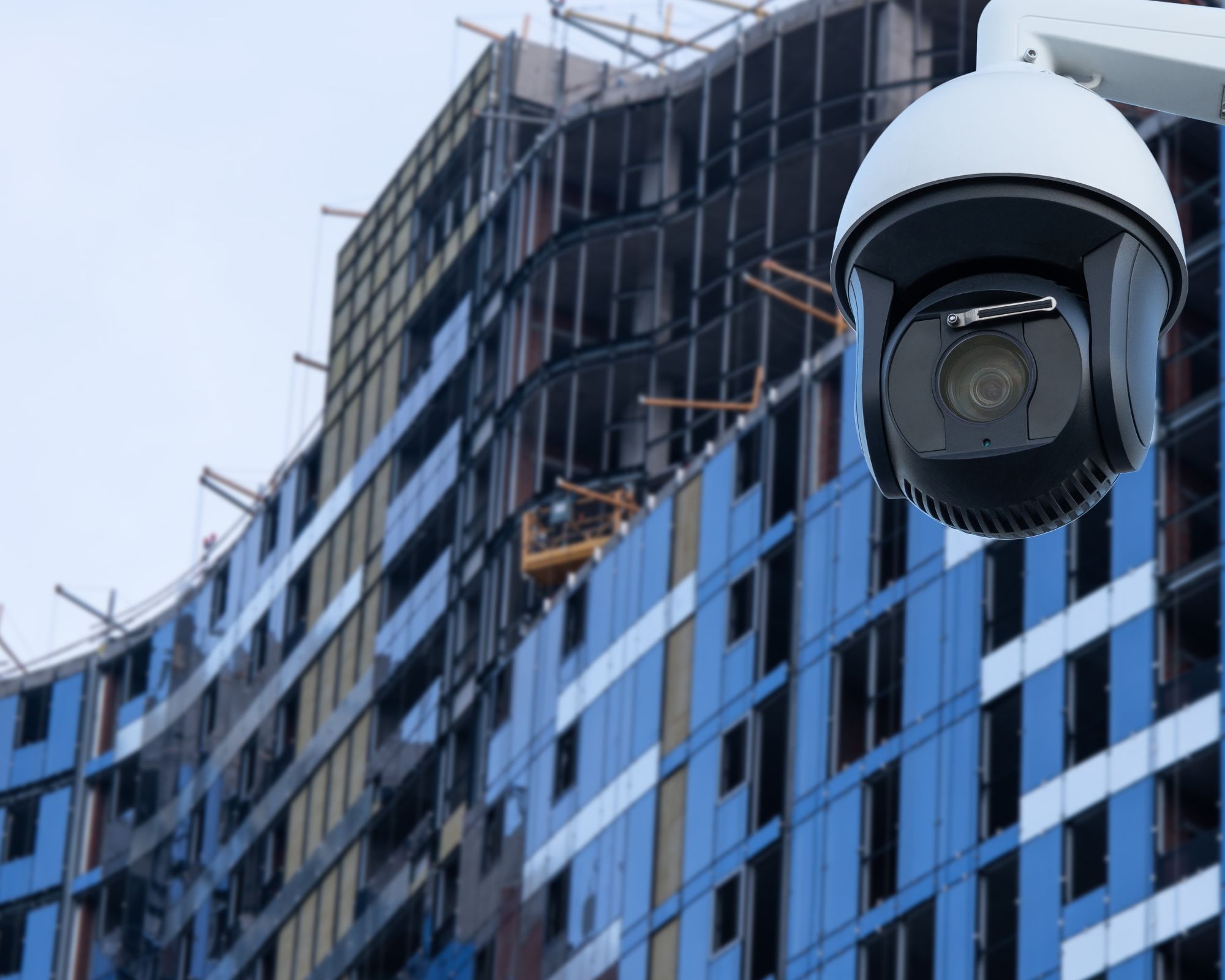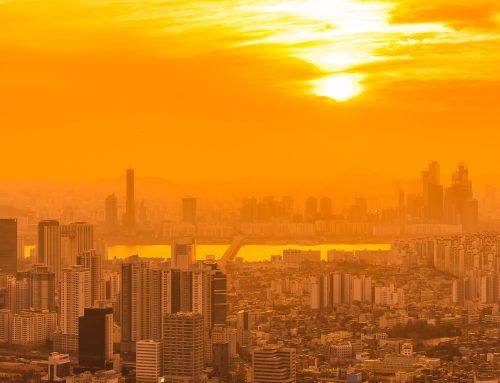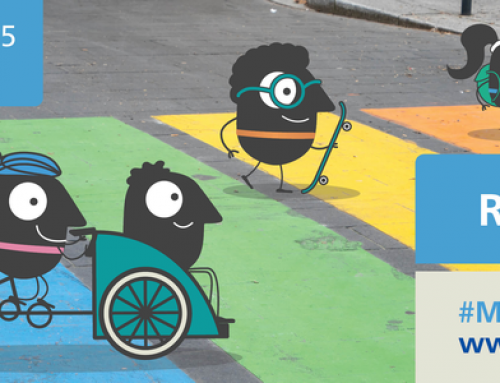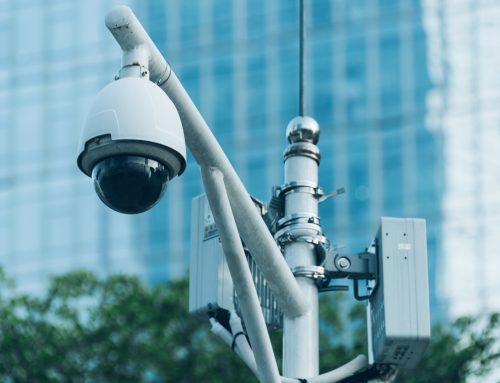Video surveillance has long become an integral component of our society. It is seen as a crucial tool for ensuring public safety and raises important questions about privacy and the right to confidentiality.
In this article, we explore the balance that the ever-evolving technology of video surveillance imposes between the need for security and the right to privacy. Let’s consider the impact on society and individuals that new technologies applied to video surveillance systems are producing. Let’s see how the way, cities manage urban safety and efficiency, is transformed. The the Internet of Things (IoT) is opening new frontiers for the implementation of more interconnected video surveillance systems.
Advancements in IoT and Video Surveillance
The latest generation of connected devices uses low-power chips, better connectivity and artificial intelligence to expand the possibilities of video surveillance in cities. These systems not only improve urban safety, but also facilitate traffic management and energy efficiency, positively influencing daily life in metropolitan areas.
An example: “real-time traffic monitoring” can help to reduce congestion and to optimize the routes of emergency vehicles, thus improving the response to accidents and critical situations ( MIT Technology Review ).
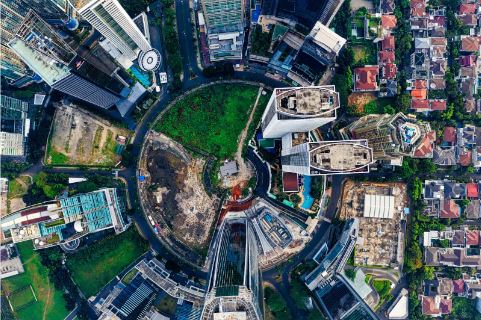
Security and Privacy
With technological evolution, as written, concerns regarding the privacy and security of data collected through video surveillance are also growing. Cities must therefore balance security needs with respect for citizens’ privacy by adopting effective regulations and data protection measures. It is essential that public administrations work with technology providers to ensure that the solutions adopted are not only effective, but also secure and compliant with current regulations on privacy and personal data protection.
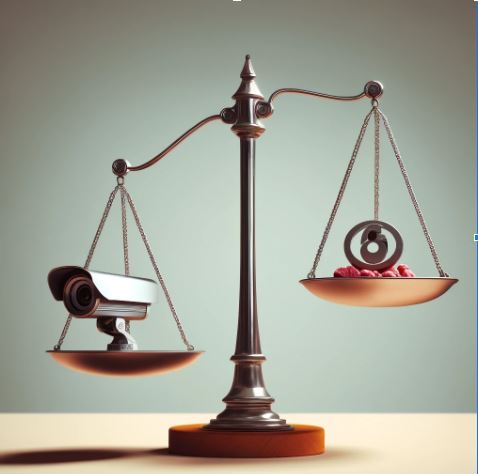
Finding a balance between security and privacy is a complex challenge. It is essential to implement policies and regulations that clearly define the purpose, scope and limitations of the use of video surveillance. Data protection laws, such as the GDPR in Europe, provide a framework to ensure that the use of video surveillance is proportionate, and transparent.
Social Impact and Innovation
Intelligent and connected video surveillance networks represent a fundamental tool for cities that aspire to become “smart cities”. These technologies not only increase safety, but also improve the quality of life by offering more efficient and responsive services. Integrating video surveillance with other smart technologies can help better manage city resources, monitor the urban environment, and provide valuable data for the continuous improvement of infrastructure and services ( MIT Technology Review ).
Security purposes
As video surveillance technologies evolve, it is essential that cities commit to using them responsibly and innovatively. Promote, therefore, a safe and welcoming urban environment for all citizens.
Surveillance systems are, in fact, an essential tool for law enforcement in crime prevention and post-crime investigations. Through video surveillance, it is possible to monitor public spaces, identify suspects, prevent criminal acts and provide crucial evidence in court. Furthermore, the presence of cameras can act as a deterrent to potential criminals, thus reducing the crime rate in certain areas.
An example: Singapore
In concrete terms, for example, in cities like Singapore, video surveillance systems are used to monitor and manage traffic in real time. Waiting times at intersections are significantly reduced and traffic flow is improved. In emergency situations, such as road accidents or natural disasters, video surveillance facilitates rescue operations, allowing a quicker and more effective response.
These systems also support crowd management at large events, improving public safety and the overall attendee experience. Thus, video surveillance in smart cities is not only a deterrent against crime, but an essential component for intelligent and responsive urban management.
Privacy protection
Video surveillance represents a powerful tool for increasing public safety and its use must be balanced with respect for individual privacy. It is crucial that companies and regulators work together to establish ethical and legal limits that protect privacy rights without compromising security. The GDPR requires the use of public video surveillance to be lawful, proportionate and transparent, ensuring individuals’ right to privacy.
Video surveillance, also integrated with other services , respecting privacy and guaranteeing regulatory compliance, is an essential resource for giving value to city areas by redeveloping them.
Stop&Charge Solar 2.0
The GaraGeeks Stop&Charge Solar 2.0 column has a PTZ (Pan–tilt–zoom camera) surveillance camera and an SOS call button connected to a VOIP telephone line that can be activated in case of emergency. It therefore allows you to alert the single emergency number NUE 112, the Local Police and other numbers to activate rescue services. The VOIP line works thanks to the integrated 4G router, or via FWA connection, to also serve remote areas not covered by the cellular network.
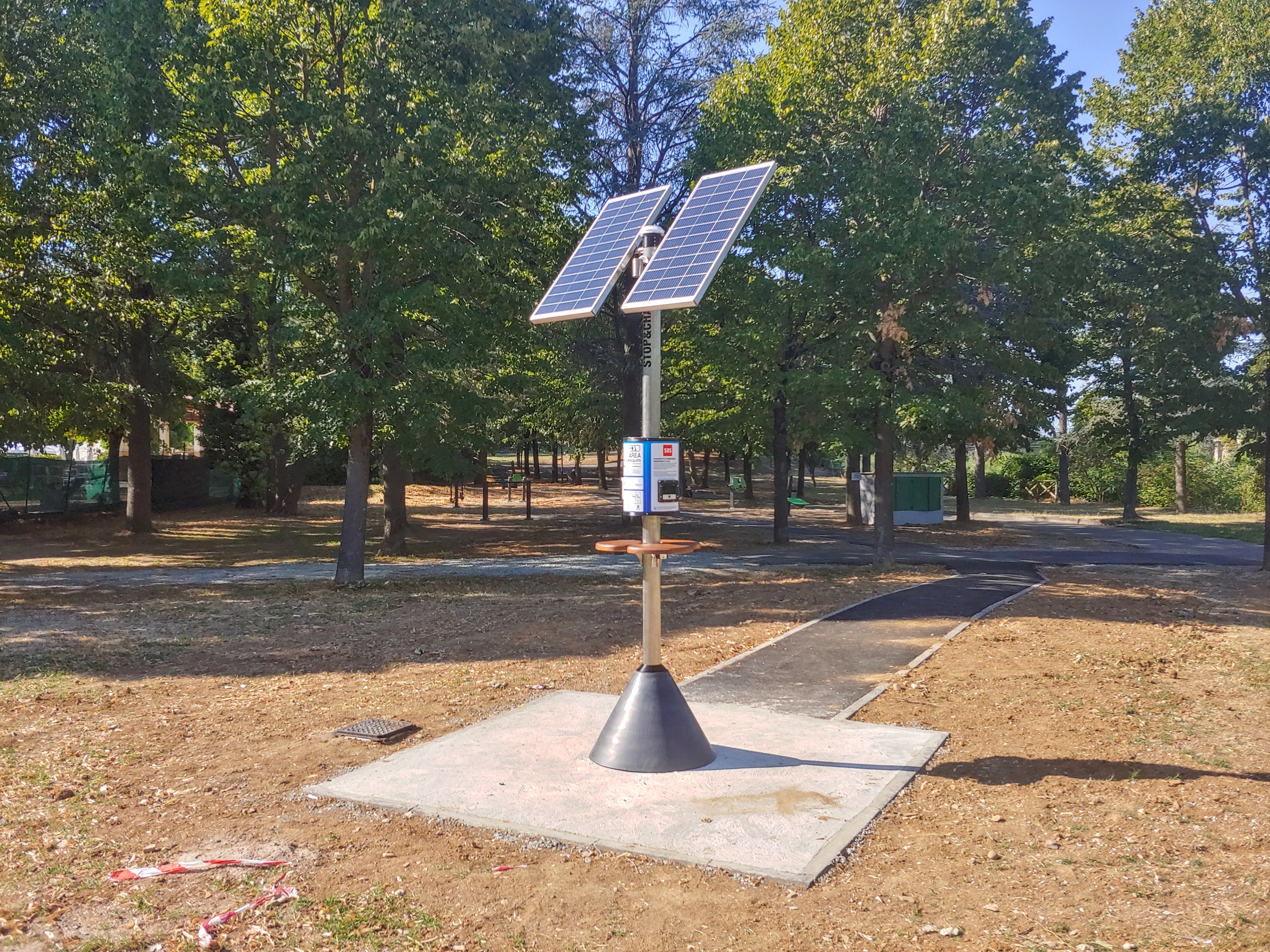
Solar 2.0. GaraGeeks video surveillance
With SOLAR 2.0 you can have a video surveillance system without excavations but connnections active in a short time .
Video surveillance systems are subject to different critical issues, especially in urban contexts with construction and infrastructure works, such as:
- the laying of pipes and optical fiber which, in addition to modifications to existing systems, can cause inconvenience to roads and citizens,
- the connection to the electricity, with the costs due for the operation.
With SOLAR 2.0 you can instead have a video surveillance system without excavations and connections, completely wireless, active in a short time, and, at the same time, provide useful services to citizens.
Do you want to find out more about GaraGeeks and environmental sustainability products? Contact us .

